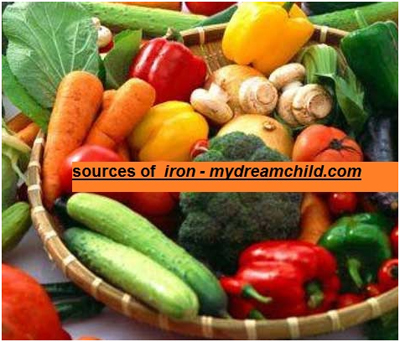|

|

Your dream child at 29th week
www.mydreamchild.com
|
 |
|
You may start to feel impatient, imagining what your dream child looks like, and wish that labour would come early. However, next few weeks in the womb are absolutely crucial to your baby’s development, as she lays down fat stores that will keep her warm in the outside world and her lungs mature preparing her for independent breathing.
|
|

|
Development
Your baby continues to be very active at this stage, and you'll probably be aware of lots of movements. There is no set number of movements you should feel each day – every pregnancy is different. You should be aware of your baby's own pattern of movements, and if this pattern changes contact your doctor or hospital to tell them.
- The sucking reflex is developing by now and your baby can suck its thumb or fingers.
- The baby is growing plumper and the skin begins to look less wrinkled and much smoother.
- The white, greasy vernix and the soft, furry lanugo (fine hair) which have covered your baby's skin for some time begin to disappear.
- Your baby's eyes can focus now and she can also blink.
- The lungs are developing rapidly, but she wouldn't be fully able to breathe on its own until about 36 weeks.
- The amount of amniotic fluid in your uterus is increasing, and your baby is still swallowing fluid and passing it out as urine.
- She is growing at a rate of approximately 1cm each week.
|
|

|
Appearance
our baby now weighs a little over 1kg and measures about 39cm from head to toe. Her head is now proportion to her arms and legs. In fact, over the next 11 weeks, she'll more than double — or even come close to tripling — her weight. Her kicks and jabs are more vigorous now, and you feel like she's moving all the time.
|
|

|
Why do I need iron?

During pregnancy a woman's daily requirement for iron doubles, from 15 to 30 milligrams and no wonder: Iron is a major component of hemoglobin, which carries oxygen throughout the body and to the placenta. It also enables both mother and fetus to form new red blood cells. Getting enough iron becomes especially important in the second and third trimesters, when maternal blood volume increases and the fetus begin to store the mineral for the first few months after birth.
|
|

|
How much iron should I consume during pregnancy?
Following a balanced diet and including foods high in iron can help ensure that you are consuming enough iron throughout your pregnancy. In addition, the following guidelines will help:
- The U.S. Recommended Daily Allowance (USRDA) for iron is 30 milligrams (mg) per day for pregnant and lactating (breastfeeding) women.
- Eating at least three servings of iron-rich foods a day will help ensure that you are getting 30 mg. of iron in your daily diet.
- The best sources of iron include enriched grain products; lean meat, poultry, and fish; and leafy green vegetables and fruits. Please refer to the chart below for a list of iron sources.
|
|

|
Should I take an iron supplement?
Talk to your health care provider about an iron supplement. The National Academy of Sciences recommends that all pregnant women following a balanced diet take an iron supplement providing 30 mg. of iron during the second and third trimesters of pregnancy. Your doctor might increase this dose if you become anemic. Iron deficiency anemia is a condition in which the size and number of red blood cells are reduced. This condition might result from inadequate intake of iron or from blood loss.
|
|

|
Other facts about iron
- Vitamin C helps your body use iron. It is important to include sources of Vitamin C along with foods containing iron and iron supplements. Foods high in Vitamin C include orange juice, grapefruit juice, green peppers, broccoli, melon, strawberries, and cabbage.
- Caffeine can inhibit the absorption of iron. Try to consume iron supplements and foods high in iron at least one to three hours before or after drinking or eating foods containing caffeine. In general, caffeine is found in coffee, tea, colas, and chocolate products. Caffeine-free colas and many medicines also contain caffeine.
- Iron is lost in cooking some foods. To retain iron, cook foods in a minimal amount of water and for the shortest possible time. Also, cooking in cast iron pots can add up to 80 percent more iron to foods.
- Constipation is a common side effect of taking iron supplements. To help relieve constipation, slowly increase the fiber in your diet by including whole grain breads, cereals, fruits, and vegetables. Drinking at least eight cups of fluids daily and increasing moderate exercise (as recommended by your physician) can also help you avoid constipation.
|
|

|
|
My Dream Child websites and publications are for informational purposes only. If you have any concerns about your health or the health of your child, you should always consult a doctor. Information in this email is intended for visitors from India. My Dream Child is responsible for published content according to our Terms of Use and Privacy Policy.
© 2013-2014 My Dream Child.
|
|

|
|